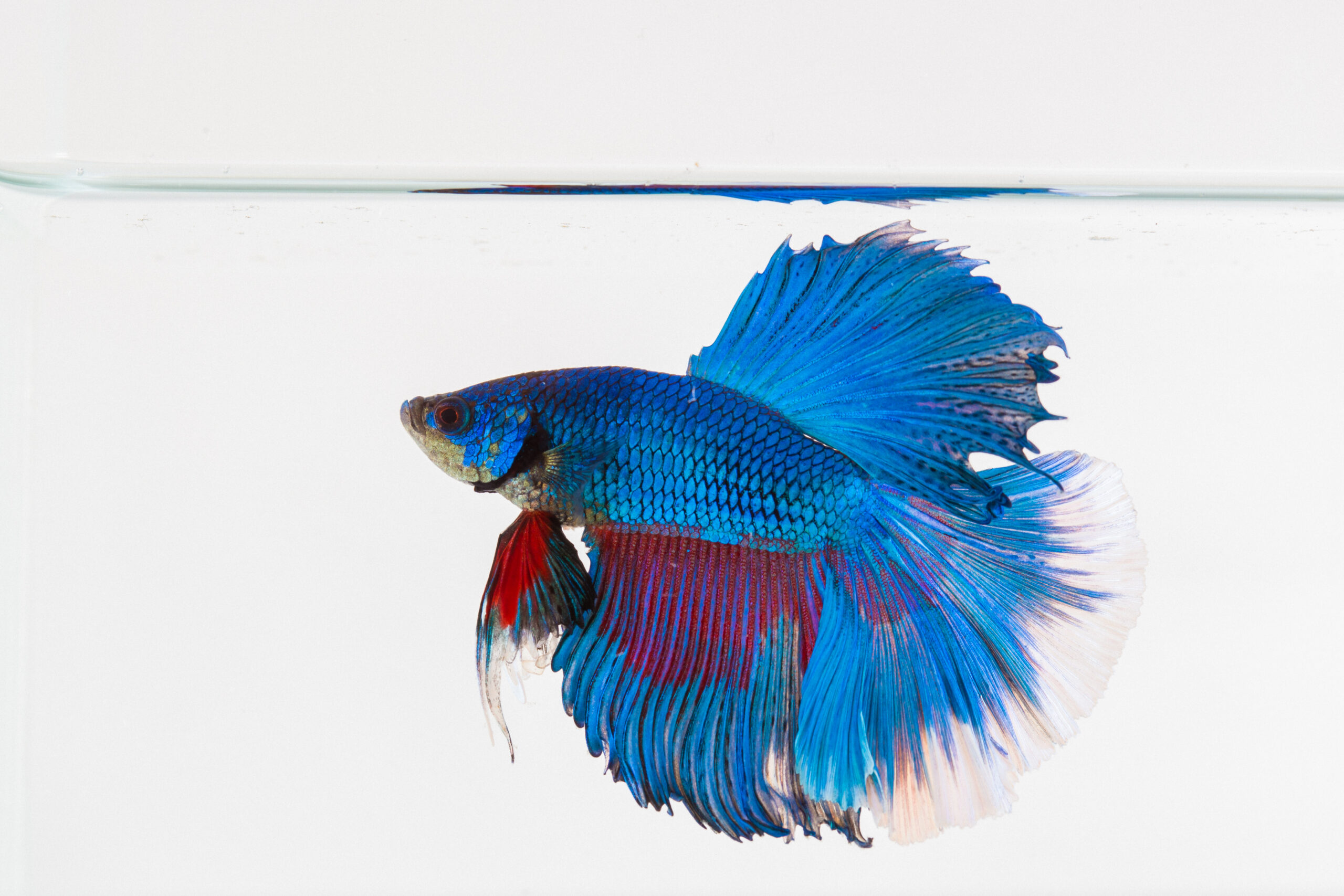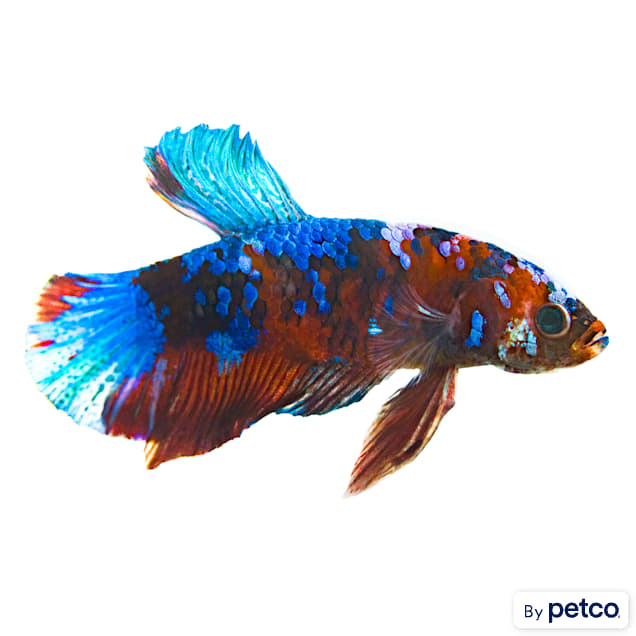Comprehending Betta Fish Actions: What Every Proprietor Must Know
Comprehending Betta Fish Actions: What Every Proprietor Must Know
Blog Article
Everything About Betta Fish: Understanding Their Special Requirements, Actions, and the most effective Practices for Optimal Treatment
Recognizing the distinct needs and actions of Betta fish is vital for any aquarist looking to provide optimal treatment. betta fish. As we discover these aspects further, the effects for both beginner and skilled fish keepers come to be increasingly apparent, increasing inquiries about how finest to fit these amazing fish in our homes.
Betta Fish Summary
Although typically appreciated for their vibrant shades and flowing fins, Betta fish, medically referred to as Betta splendens, are complicated animals that require details like grow. Stemming from Southeast Asia, these freshwater fish are known for their territorial nature and unique habits. Betta fish show sex-related dimorphism, with men presenting more vivid colors and longer fins than ladies.
Their hostile propensities, especially among males, require mindful consideration when real estate them. Bettas are typically maintained in single-specimen tanks to stop territorial disputes. They can exist together peacefully with certain suitable types in larger area containers, offered the environment satisfies their requirements.

To ensure ideal care, aquarists should understand their one-of-a-kind behavior qualities, nutritional demands, and environment demands. betta fish. With correct focus, Betta fish can display their vivid individualities and grow in a properly maintained aquarium setting
Natural Environment and Atmosphere
Betta fish prosper in a diverse series of all-natural habitats, largely found in the shallow waters of Southeast Asia, including rice paddies, swamps, and slow-moving streams. These settings are defined by warm temperature levels, typically between 75 ° F and 82 ° F(24 ° C and 28 ° C ), and a pH level ranging from 6.5 to 7.5, which is suitable for their wellness and well-being.
In their natural surroundings, Betta fish are accustomed to thick greenery, offering both shelter and reproducing grounds. The visibility of plants such as drifting water lilies and thick lawns not just supplies security from predators however additionally contributes to the oxygenation of the water, which is essential for their breathing needs. In addition, these atmospheres commonly have areas of still water, enabling Betta fish to show their all-natural habits such as bubble nesting.
Recognizing the natural habitat of Betta fish is essential for fish tank lovers. Duplicating these conditions-- through water temperature, pH equilibrium, and the addition of real-time plants-- can significantly enhance the overall health and longevity of these captivating fish, ensuring they thrive in a home aquarium setting.
Social Actions and Communications
Recognizing the social habits and communications of Betta fish is important for effective aquarium management. Betta fish, or Siamese battling fish, are known for their unique behavior characteristics, characterized largely by territoriality and aggression. Males, specifically, display very hostile actions in the direction of each other, bring about the notorious reputation of Betta fish as competitors. In a constrained space, two men can engage in violent confrontations, typically causing injury or fatality.
Alternatively, women Bettas display much less hostile actions and can coexist in groups, called sororities, if presented effectively. It is critical to monitor their interactions carefully, as hierarchy and prominence can lead to disputes. Recognizing the dynamics within a Betta community is vital; establishing hiding places and making certain sufficient area can reduce aggression.
Furthermore, Betta fish might likewise present inquisitiveness and social habits towards various other species. While they can exist together with specific non-aggressive container companions, it is vital to select compatible species to prevent stress and aggressiveness. On the whole, identifying informative post these social interactions is vital to promoting a harmonious aquarium environment for Betta fish.
Important Treatment Guidelines
Offering appropriate look after Betta fish is essential to their wellness and wellness. To make certain a thriving setting, it is essential to preserve optimum water problems. The water temperature level need to be kept between 76 ° F and 82 Going Here ° F(24 ° C to 28 ° C), while pH degrees ought to range from 6.5 to 7.5. Routine water modifications-- roughly 25% weekly-- assistance preserve water quality.
Betta fish need an ideal container size; a minimum of 5 gallons is recommended to provide sufficient space for swimming and hiding. Include decorations and plants to create a revitalizing atmosphere, however avoid sharp items that can damage their fragile fins.

Lastly, guarantee the tank is equipped with a filter to maintain the water clean, yet utilize a mild filter to stay clear of strong currents that can stress the fish. By adhering to these essential care standards, proprietors can promote a healthy and vivid Betta fish.
Common Health Issues and Solutions
In the treatment of Betta fish, understanding of typical health and wellness concerns is important for maintaining their health. One common problem is fin rot, usually triggered by poor water link quality or microbial infection. Symptoms include frayed or tarnished fins. To treat fin rot, improve water problems and think about utilizing a broad-spectrum antibiotic.
One more usual ailment is ich, a parasitic infection characterized by white areas on the fish's body (betta fish). Therapy involves raising water temperature level and adding fish tank salt to the storage tank, as this can assist remove the bloodsucker
Swim bladder problem is also regularly observed, resulting in buoyancy troubles. This condition might emerge from overfeeding or irregularity. A fasting duration of 24-48 hours, adhered to by a diet of blanched peas, can supply relief.
Last but not least, bettas may endure from velvet illness, suggested by a gold dust-like appearance on their skin. Therapy generally requires drug specifically designed for external bloodsuckers, along with improved container health.
Regular monitoring of water criteria, maintaining a clean environment, and providing a well balanced diet regimen are critical preventative steps. By dealing with these health problems promptly, Betta fish can lead healthier, much more lively lives.
Verdict
In summary, successful betta fish care needs an understanding of their special needs and behaviors. Regular monitoring of wellness and water high quality, along with a balanced diet plan, adds to the durability and vibrancy of betta fish.
Report this page